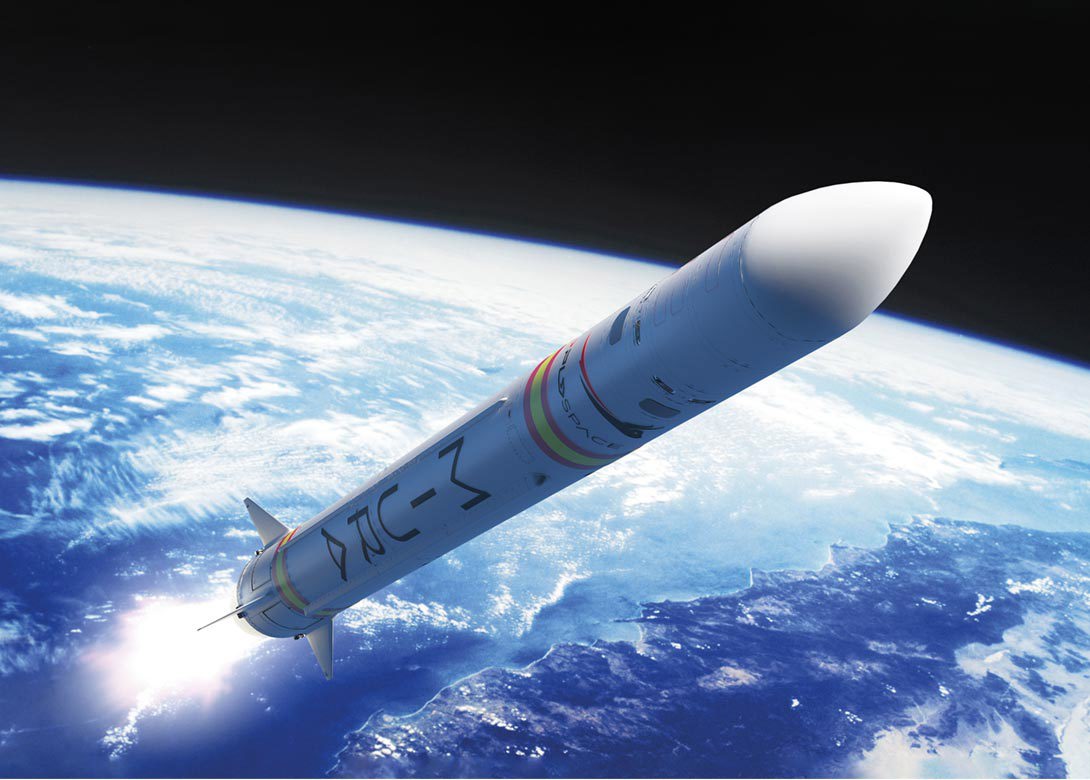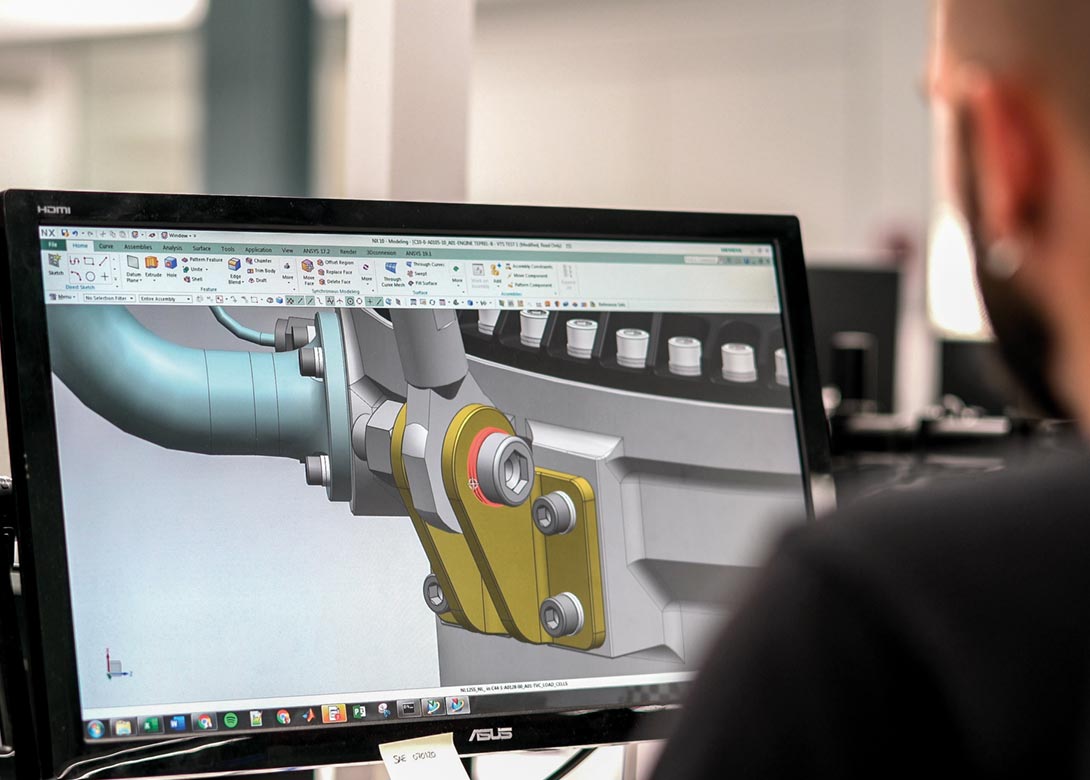
The upper atmosphere can be tough on equipment. Developing a rocket engine for this environment is a huge challenge. If there are complications in the process, the engine and its associated parts might be damaged.
Spanish aerospace company PLD Space develops launch vehicles and offers suborbital and orbital commercial launch services dedicated to small payloads and small satellites. Since its foundation in 2011, the company has gone from a small start-up to a flourishing company of 42 employees.
Choosing high-quality materials and components has been essential in the design and construction of the company’s MIURA 1 and MIURA 5 launch vehicles. “The materials we use are very specific. For example, the bolts that join the components need to be extremely robust and reliable. This way, nothing moves out of place during a high-intensity flight,” says Raúl Torres, CEO and co-founder of PLD.
Ismael Gutiérrez, head of propulsion, agrees: “Quality is key as we push every single part to the limit of its capacity. We must test different scenarios that might occur to ensure we comply with strict regulations and can ensure safety. If we don’t have the maximum properties that we can specify, such as ultimate strength, wear rate, all these type of parameters, we cannot comply with our test.”
This is particularly true for the propulsion department, where compromised base material could lead to premature failure due to the high demands of the application. In a highly vibrational environment like outer space, maintaining the preload in the bolt is a top priority. As the traditional locking wire couldn’t offer a viable solution, the PLD Space team started looking for another type of retention mechanism and came across Nord-Lock.
“We did a good assessment between different types of technologies and decided to go with Nord-Lock as their wedge-locking washers offered incredible robustness,” says Torres.
Nord-Lock wedge-locking washers are now used for most of the bolted joints in PLD Space’s rocket engines, as well as on the rocket launch platforms. “We have successfully used their washers for basically every bolted connection in the engine, and they’ve worked really well,” adds Gutiérrez. “The preload is kept in our firing testing, and we haven’t seen any loosening of the bolts.” By being able to rely on quality materials, PLD Space is now preparing for the first commercial launch of MIURA 1.


Will joined Fastener + Fixing Magazine in 2007 and over the last 12 years has experienced every facet of the fastener sector – interviewing key figures within the industry and visiting leading companies and exhibitions around the globe. Will manages the content strategy across all platforms and is the guardian for the high editorial standards that the brand is renowned.
Don't have an account? Sign Up
Signing up to FastFixTechnology.com enables you to manage your account details.